
It’s no secret that everyone likes to think that their furry friend is the best and most intelligent of them all. But what if your dog really is?
Dog intelligence — for the most part — breaks down into three categories. The first is instinctive intelligence, which is closely related to the natural instincts found in the function of the breed. Then there’s adaptive intelligence, which is a dog’s equivalent of being street-smart. Essentially, it encompasses things like interpreting facial expressions or finding hidden treats. The third and final part is working and obedience intelligence, which relates to the understanding of new commands and is most present in working dogs.
To help you discover more about your dog’s intelligence, we have compiled a list of all the tell-tale signs that your dog is burying an impressive IQ beside their bones.
Ways to spot if your dog’s smarter than you think
Quick learner
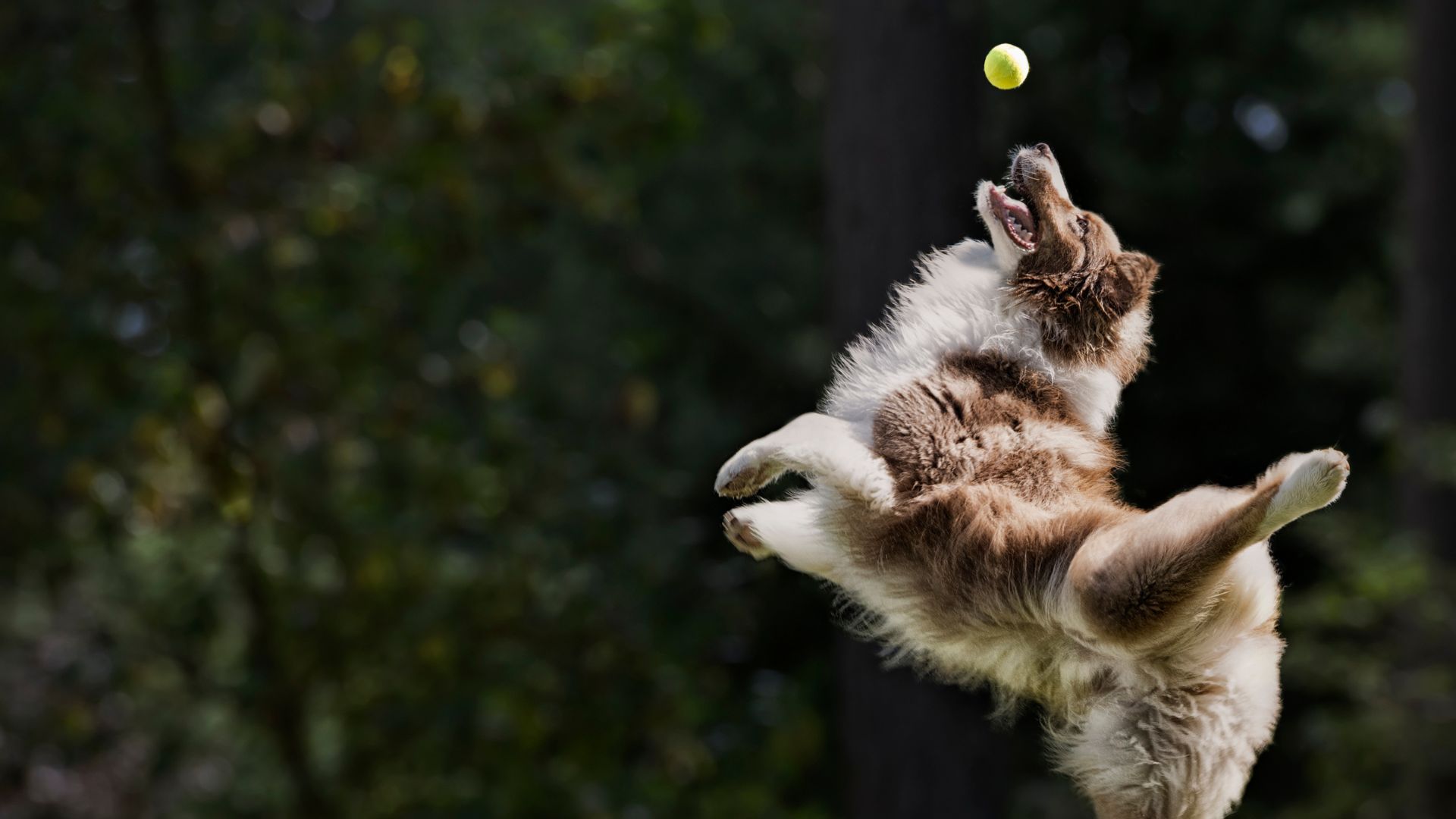
Perhaps you’ve just taught your dog how to sit. Maybe your perfect pooch has aced how to give you their paw, or both of their paws. Or has your intelligent four-legged friend mastered one of the hardest-to-teach tricks in minutes? Whatever it might be, if you answered ‘yes’ to all the above or your dog is just super quick to learn the new skills, commands and gestures you implement, this is a sure sign that you’ve got a little Einstein on your hands.
Obey orders
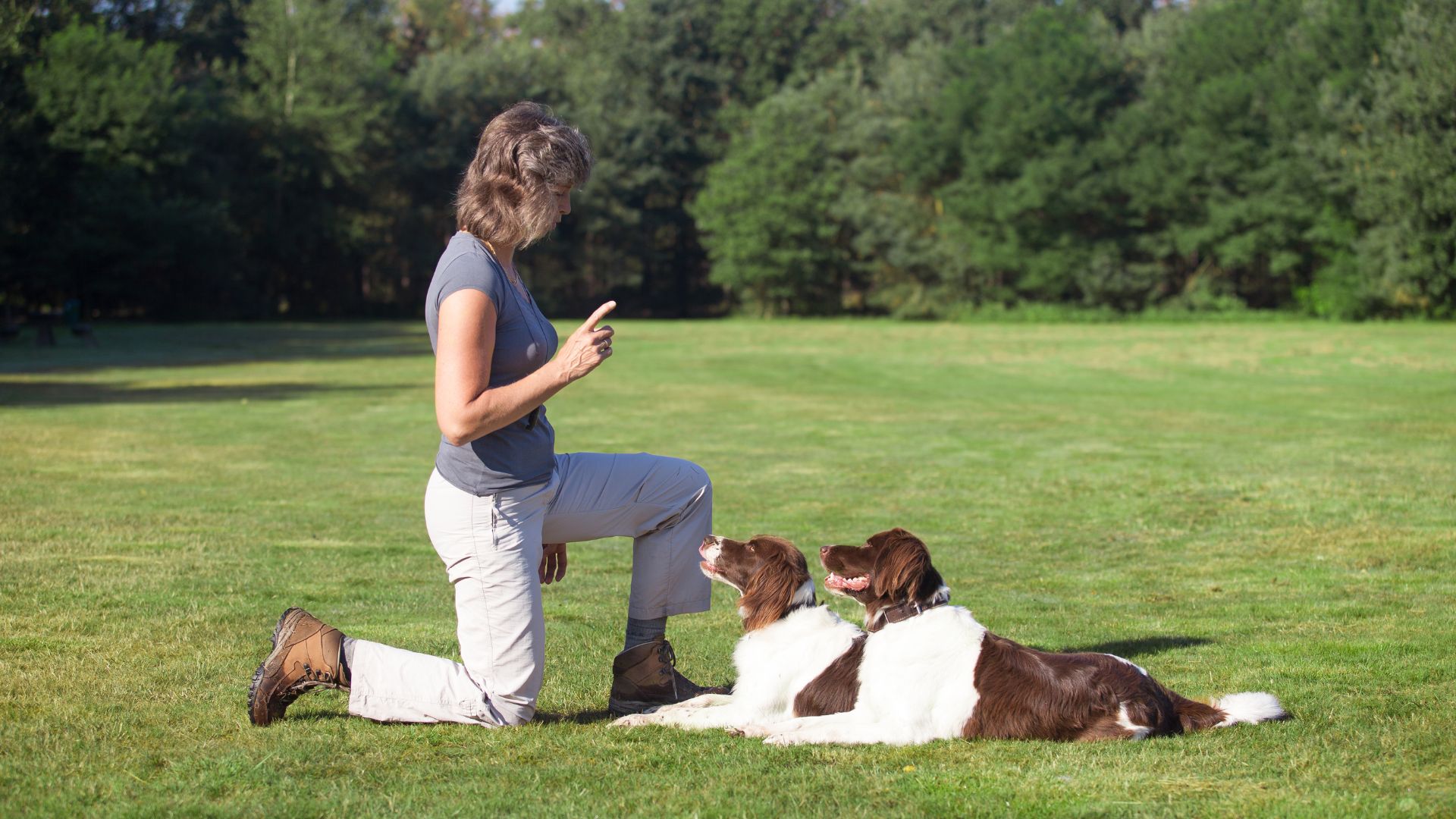
To learn and to obey are two very different tasks. A dog that learns quickly may not be as quick to respond to their cue. But according to experts, we’re led to believe that being quick to the mark and responding to your orders indicates an even higher level of intelligence which is pretty great, right? Essentially, obeying orders shows that your dog understands you and whatever language you are speaking — be it the language of treats or your body language.
Emotionally aware

Some dogs are aware not only of their owner's presence but also of their feelings. And it’s important to realize that this isn’t always something that can be taught. If you find your dog at your side during a hard time, know that this is less likely to be a comforting coincidence and more likely a sign that your dog is emotionally aware of how you’re feeling. This could be the case if you’re feeling low, if you’re feeling tired or if you’ve just had a hard day at work and need a cuddle from your fur friend.
Understanding of cues
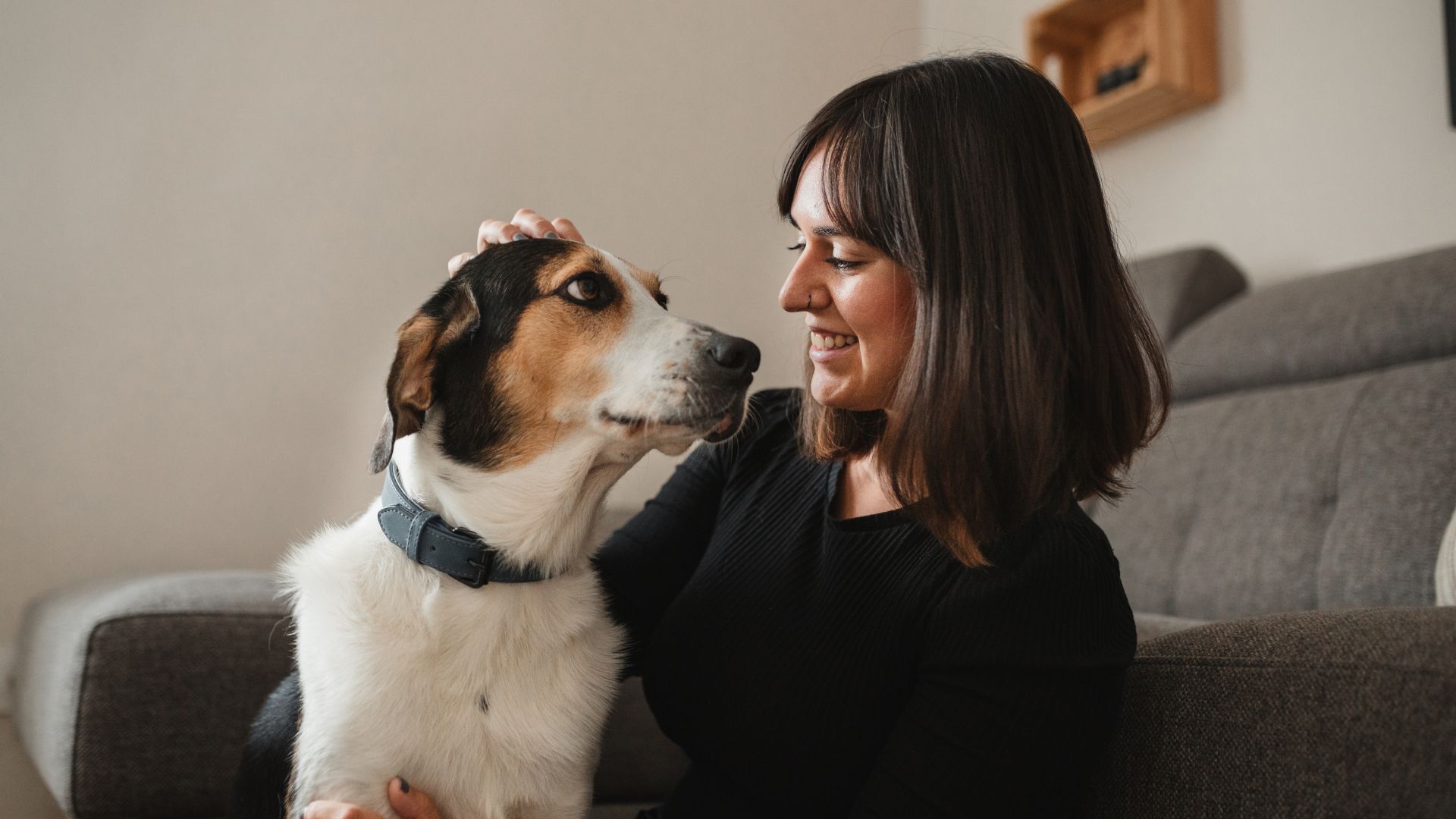
Have you just brought a new furry friend into your home and you’re looking to teach your pooch the basics of training? When it comes to training your dog there are many routes to explore. But one of these is the implementation of cues. Whether your cue is a word, a sound or a signal, if your dog is able to comprehend this method of training they deserve an extra treat (or two!). Not only will this help them understand what they’re doing is right, but it will ensure they do it again and again.
Problem-solving
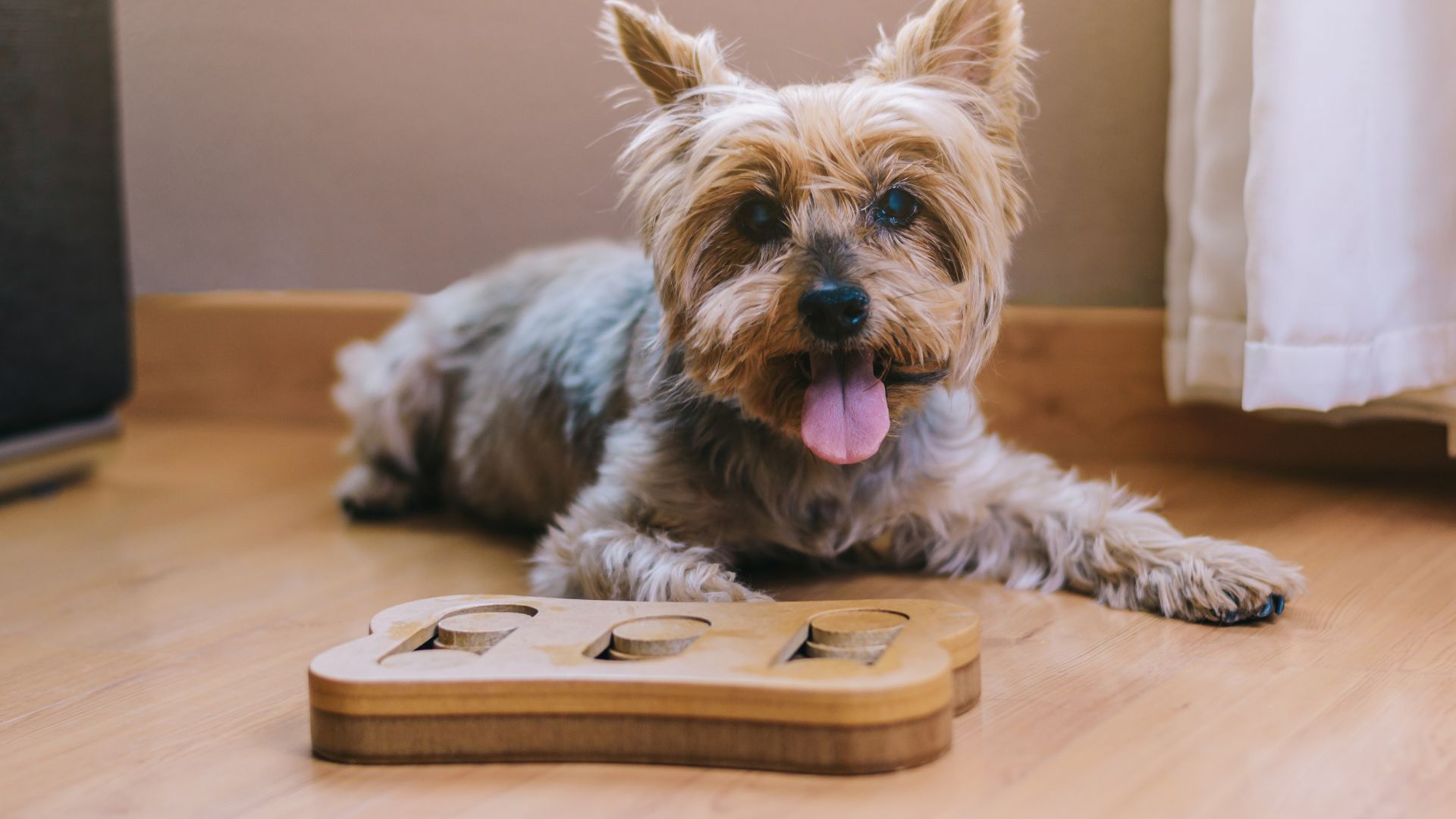
Clever pups are best put to work and quite often rely on this as a form of enrichment. This may be evidenced by your dog leaving its stuffed animals in the lurch and gravitating towards puzzle toys. Puzzle toys are brilliant at keeping four-legged friends entertained for longer than usual. Of course not all dogs would rather swap their beloved ball for a puzzle toy or leave their rope toy for a brain trainer. But if your dog seems to keep their mind active, who are you to keep them from learning?
Manipulation

Naturally, if your dog is prone to pushing the boundaries and pitting one owner against the other you may be at your wit's end. But if it is any consolation, in order to ‘work a room’ to get what your dog wants requires a very high level of intelligence. As they know what won’t work on one pet parent, just might work on the next. So the next time they try and get their own way and succeed, just know you’ve got an intelligent learner on your hands.
Language skills

Let’s face it, the English language is no mean feat. And while we like to think that our animals can understand us, this might not always be the case. So if your dog can ‘go and get the ball’, ‘pick up the mail’, or ‘fetch the newspaper’ following nothing more than the words themselves, they are showing signs of great language skills. The ability to comprehend and draw connections between the words, the object and the actions demonstrates just how smart they are.
Understand human gestures
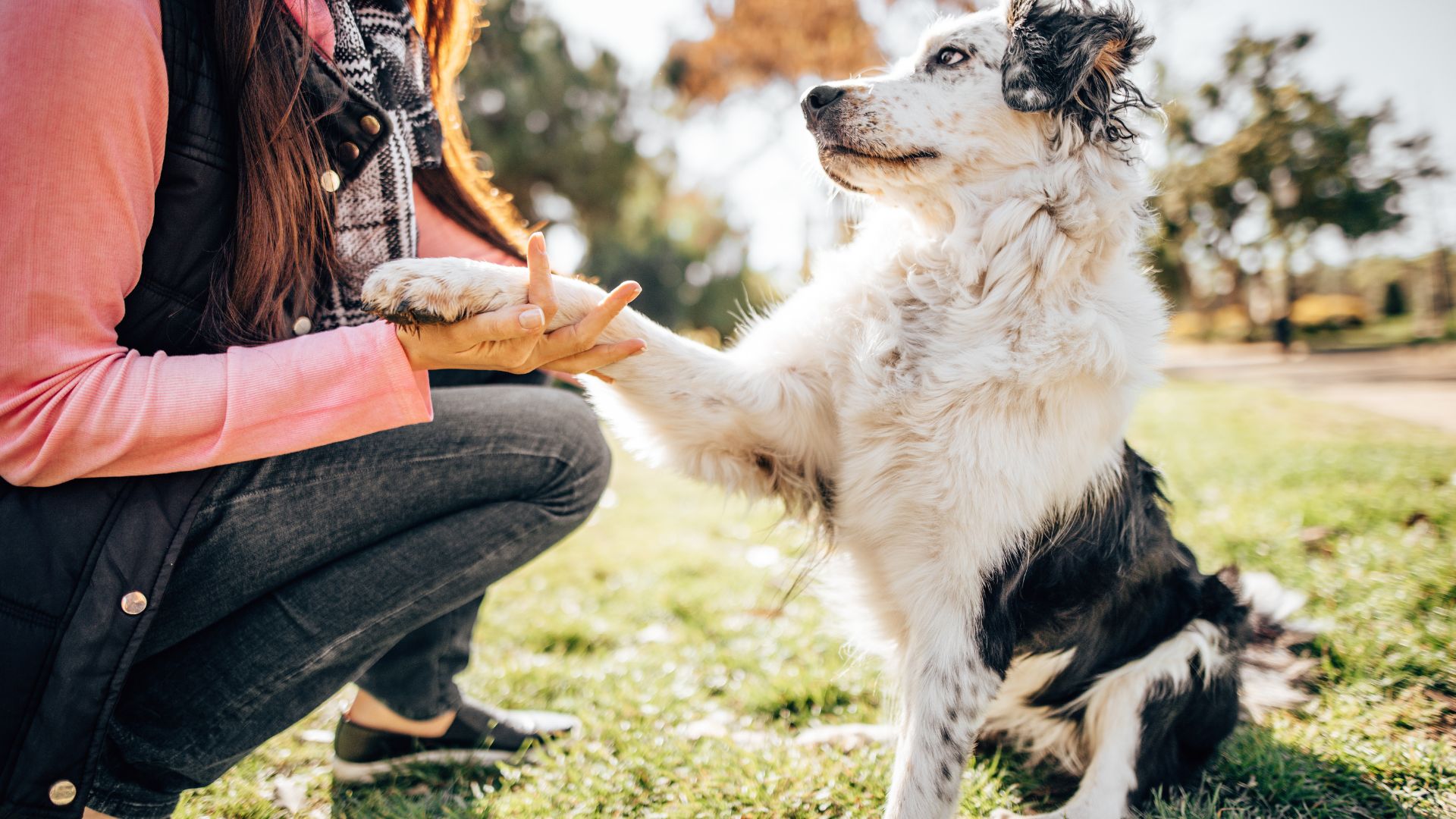
We are often taught to be clear and concise when training our dogs and to do this, we opt for short words and simple actions. However the more clever the dog the more subtle gestures they understand. The next time you’re asking for your dog to do something, why not point to the object you’re asking your pooch to retrieve? Or shake your head from side to side when you’re saying ‘no’? If your dog understands what you’re saying, they might understand you more than you first thought.
Puzzle toys
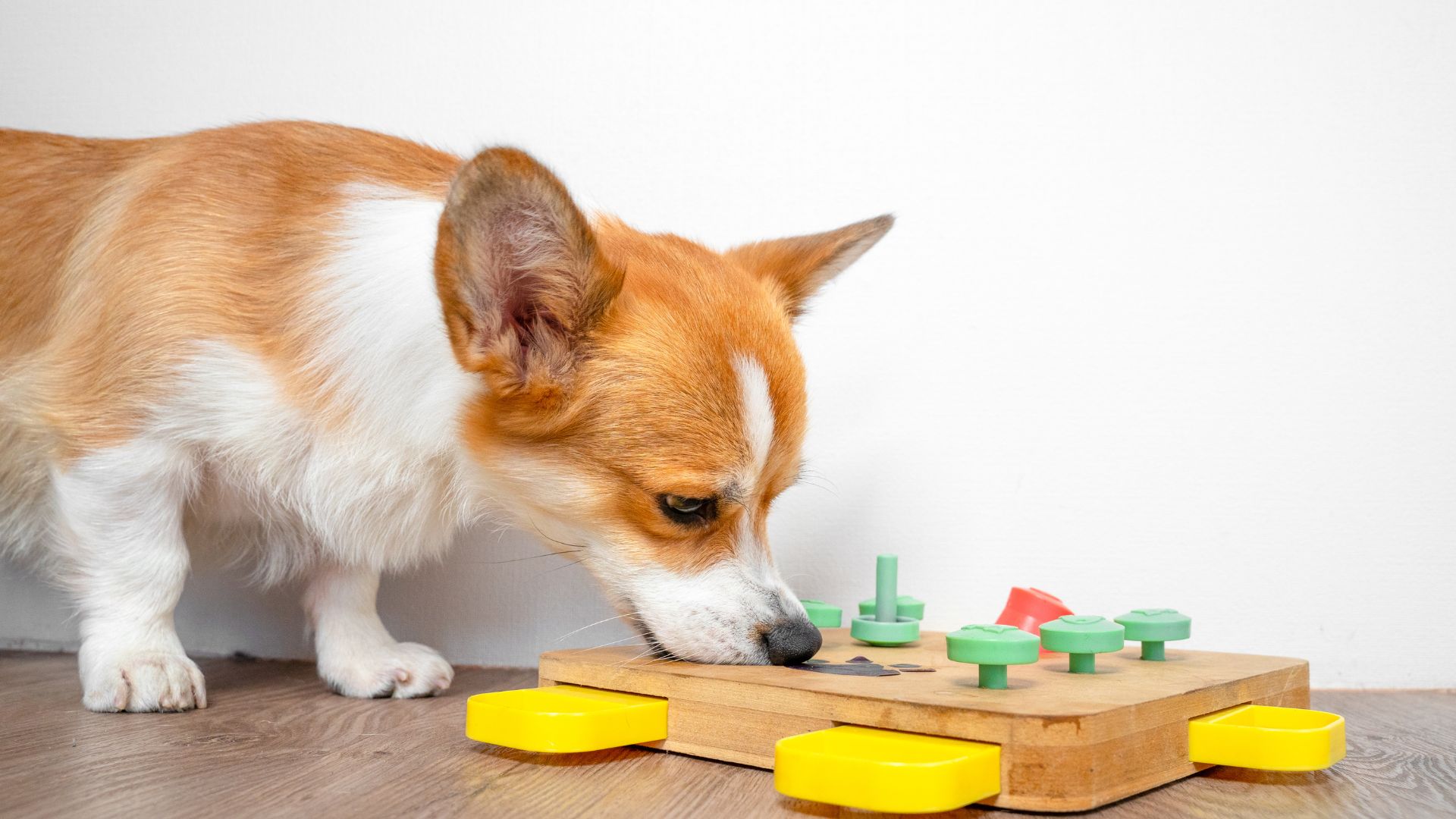
Puzzle toys are made to enrich and engage your pup. They can also keep your little one entertained around the clock when everyone else is out of the house or you’re just too busy to play with them. But the more intelligent your dog is, the less useful these handy toys can feel. If your dog cracks the code in much less time than you’d anticipated (although this can be slightly frustrating) this is a great sign their IQ is sky high. So as well as showing them praise, maybe reward them with a harder puzzle toy…
Blanket escape

Heard of the great blanket escape? Or have you spotted it on social media? Videos of this are often trending online and essentially this game involves placing a lightweight and breathable blanket gently over your pet dog, covering them entirely and seeing how long it takes your escape artist to paw at the covering and surface. The quicker your dog manages to escape, the higher their IQ. So if you’ve got a dog, blanket and timer at the ready…you know what to do.
Teach a new trick
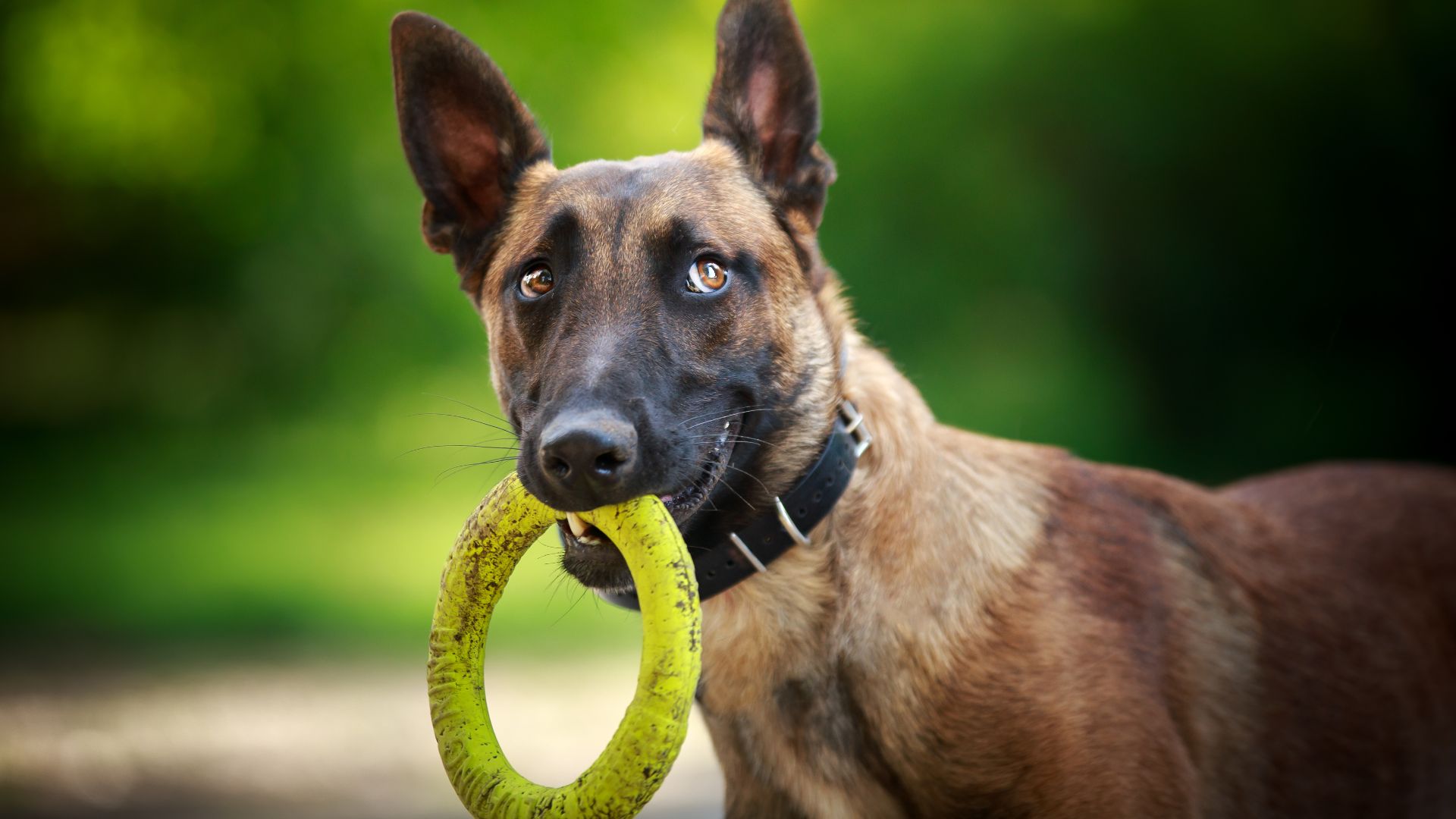
We might take dog training for granted as it is so ingrained in our ‘guide to being a dog owner’ that it’s easy to forget just how clever the whole process is. If your dog is able to learn something new, but also recall it at a much later date, you have a very smart pooch on your hands. And this is the case no matter whether your dog has finally mastered the basics like learning how to sit. Or completing one of the hardest tricks in the book, like an army crawl.
Sounds
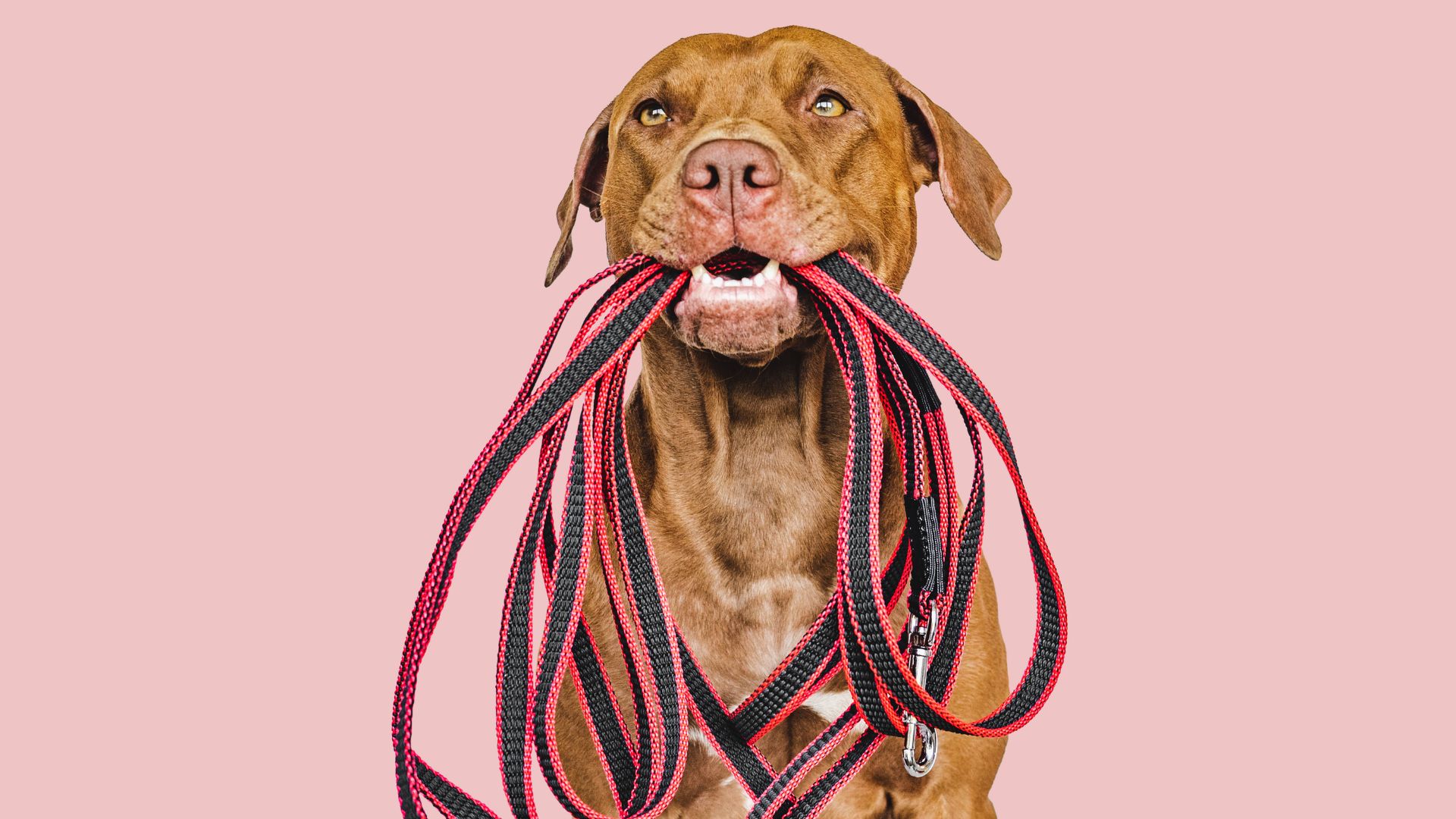
Some dogs are able to draw correlations between objects and their greater meanings. For example, if the sound of your keys sends your dog into a spin as it knows you’re heading out for a drive and this might involve them getting into the car. Or the sight of your suitcase sets off the shakes as you’ll be away for longer than they would like, these are all very clear indications that your four-legged companion knows what the objects are and perhaps more importantly what they are used for..
Name knowledge
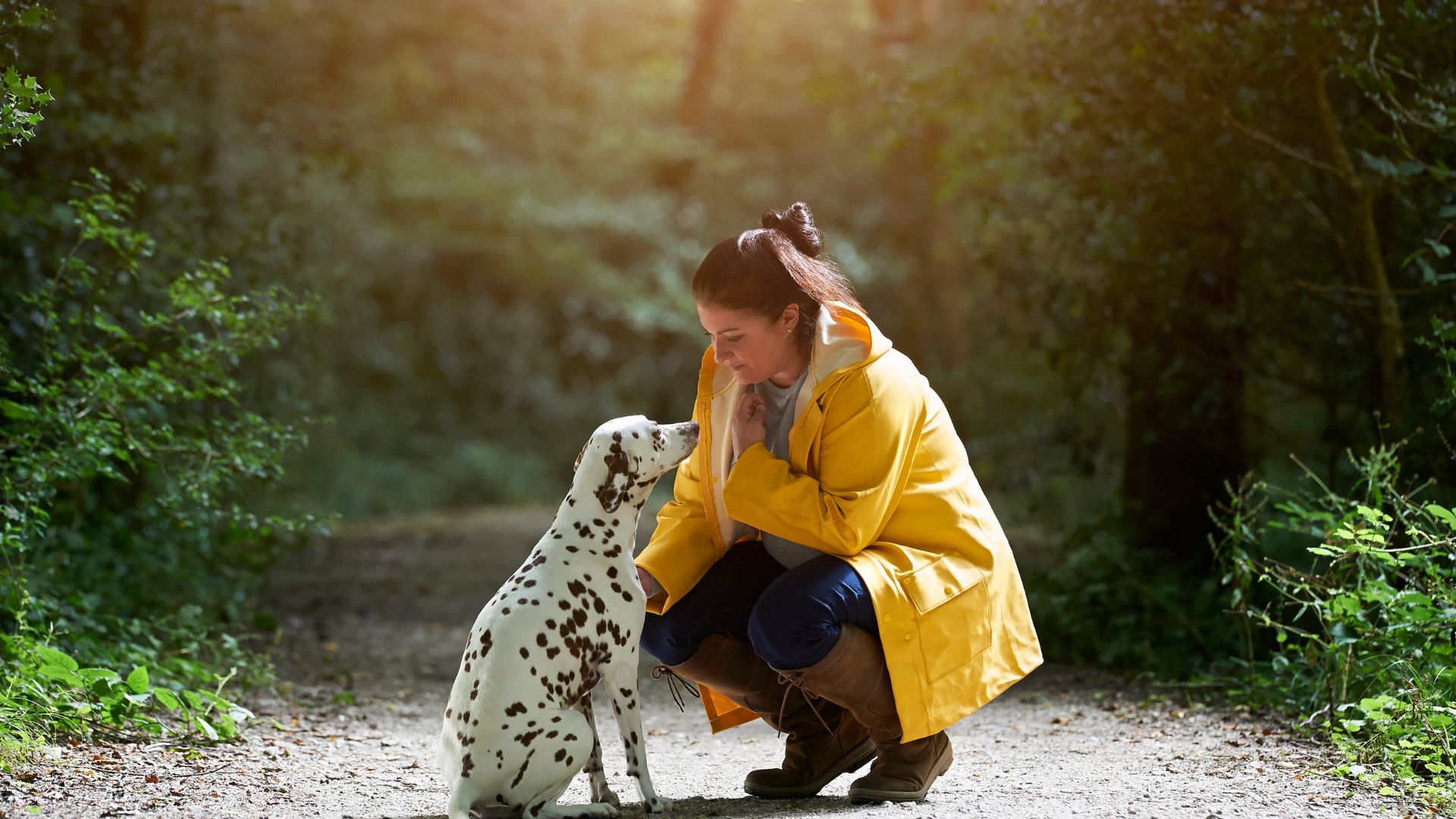
Does your dog understand their name? Most dogs do, but it’s not always the case. To see whether your four-legged friend does, put your dog to the test by calling out random words in the same tone you would their name. You could try calling out other people’s names who they share their home with or objects while looking at them. The idea is, if they remain unresponsive to unfamiliar words but respond to their name, then you, pet parent, have a very clever companion indeed.
Acting out

Similar to the intelligence hidden within manipulation, acting out can be a sign of boredom and if you’ve got yourself a smart pup, they are often all too familiar with this feeling. So if you are dealing with a dog who just cannot seem to settle, is always on the go or tends to cause destruction in their path, know that you don’t have a problem pet. Instead, this might be a sign of a smart dog at a loose end. If that’s the case, put some brain busters and pet puzzles to good use.
Escape artist
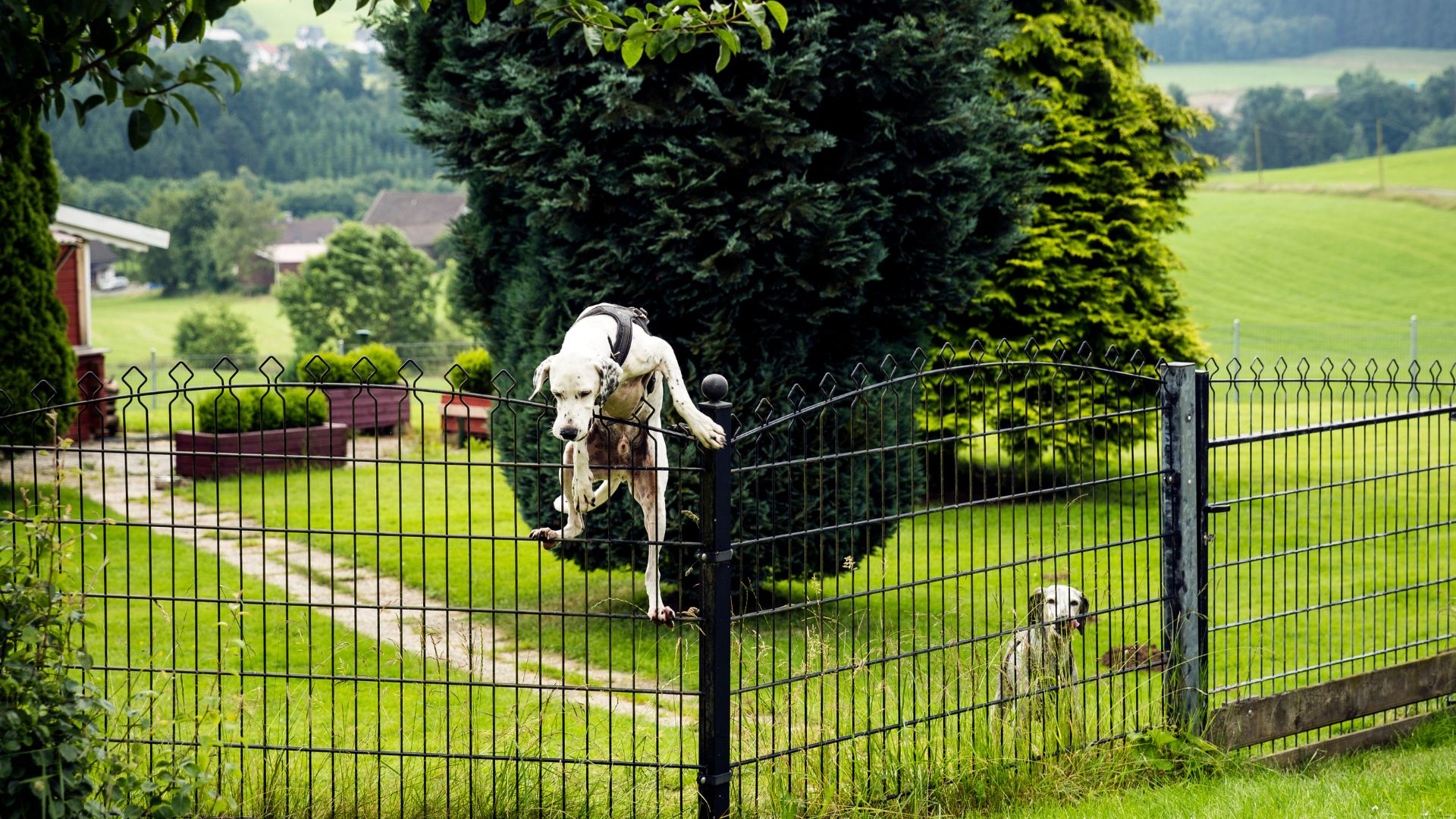
How many times a week, do you find yourself panic-stricken on the hunt for your dog? Having to puppy-proof your house far beyond puppyhood is a common problem among owners with intelligent dogs. Maybe it’s solid fences they seem to find a way out over. Or perhaps it's the doors that they tend to walk through, despite you having definitely closed it behind you. If there’s a way out, only the most intelligent of breeds will find it. So while this might be annoying, it’s a sign of great intellect.
Long term memory

Let’s face it, some of us can’t remember what we did yesterday, let alone a few years ago. But if you’ve got an intelligent pup on your hands, forgetting things might not be a problem for them. To put them to the test, think of a trick, cue or command you taught your dog when it was a puppy, something you don’t use anymore. Does your dog remember how to obey this order? Clever dogs will respond to your command today, as though they were taught yesterday.
Game initiation
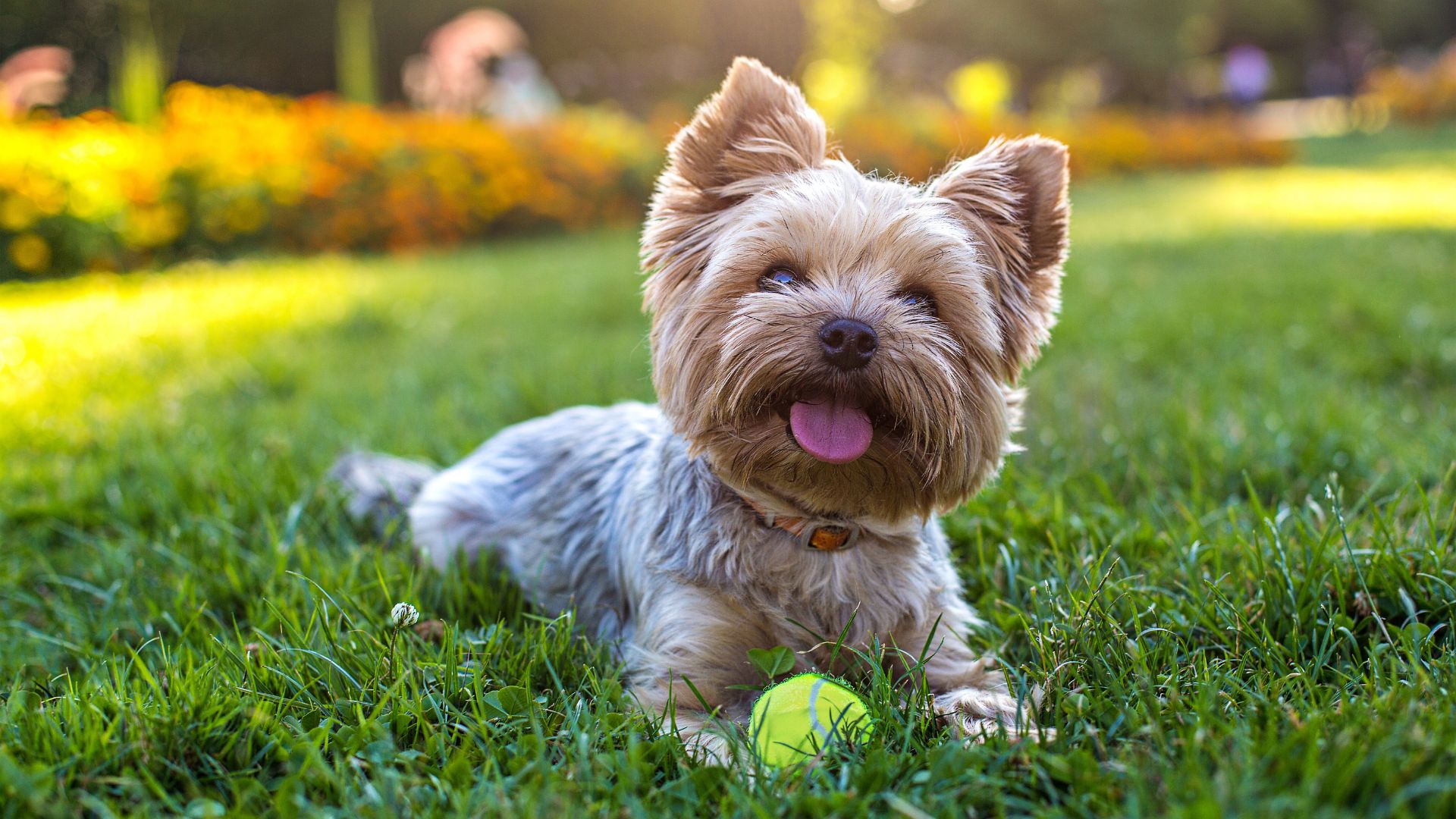
You may roll your eyes when your dog, for the ninety-ninth time, drops the ball at your heels and lies in wait for you to throw it yet again. But game initiation is a sure sign of intelligence. And, if anything, it gives their mind and body a workout. If this is the case for you and your seemingly never-ending on-the-go dog, invest in games that are going to test them physically and mentally. While the top puzzle toys can keep them entertained long after you can’t.
Safety precautions
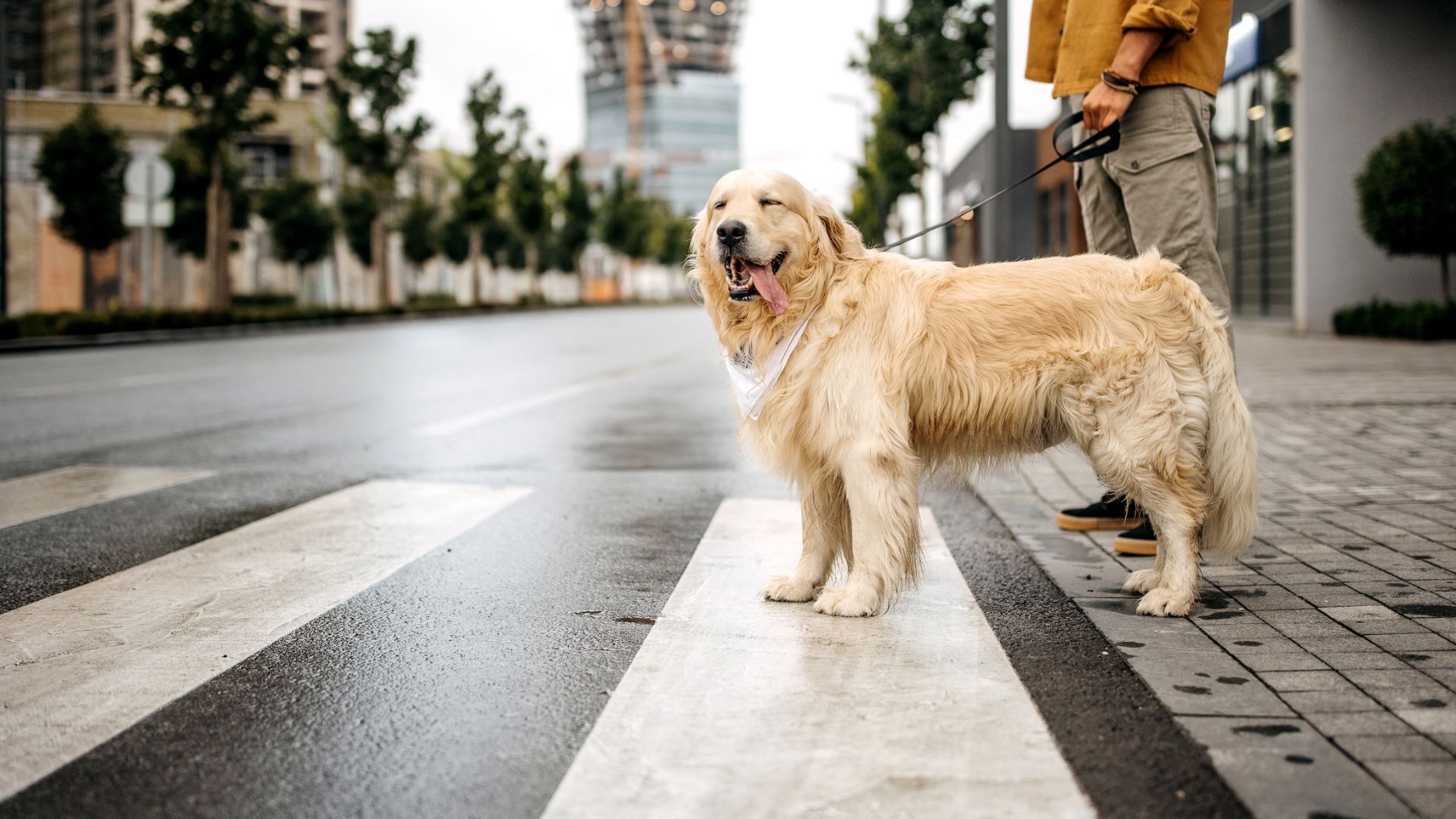
Does your dog hesitate at the roadside? Or get in your way just before a sidewalk? The caution your dog is showing indicates a level of awareness only expressed by those with a higher IQ. Maybe they look left then right when trying to cross the road? Or slow down whenever they hear traffic coming closer? Any of these signs might seem annoying — as you’re the one watching the road, right? But really, they show just how clever and on-the-ball your pooch is.
Watch and learn
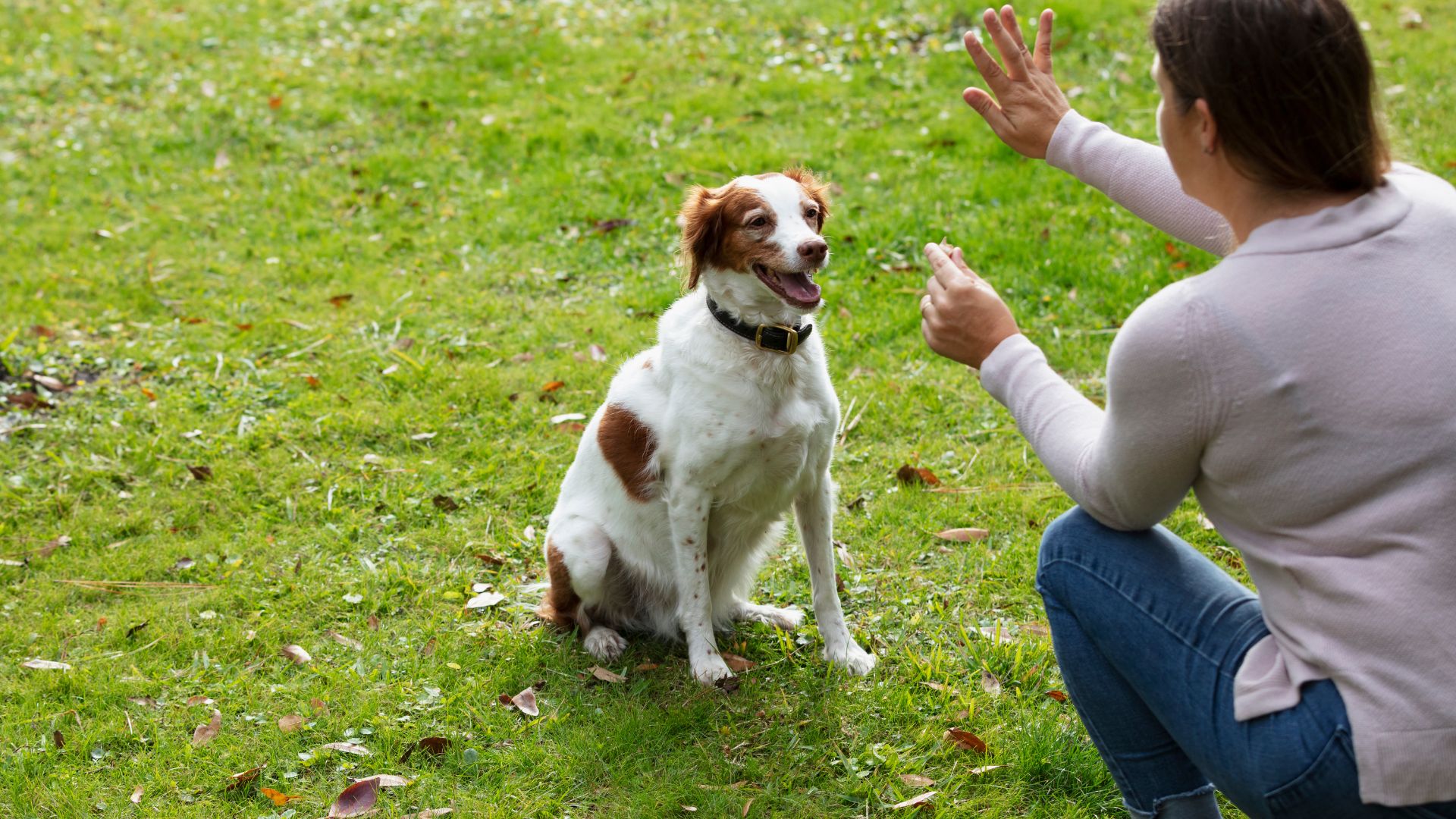
Dogs who are able to learn new behaviors based purely upon observation are incredibly clever. This is often seen within the pack, as one dog mirrors another. However, this can also extend to its human pack. Opening doors and flushing the toilet are two of the more humorous signs of this skill. As is grabbing the mail from the porch or hallway and looking left and right when crossing the road. So when you catch your dog looking at you, it might be wondering what trick to learn next.
Cue spotting
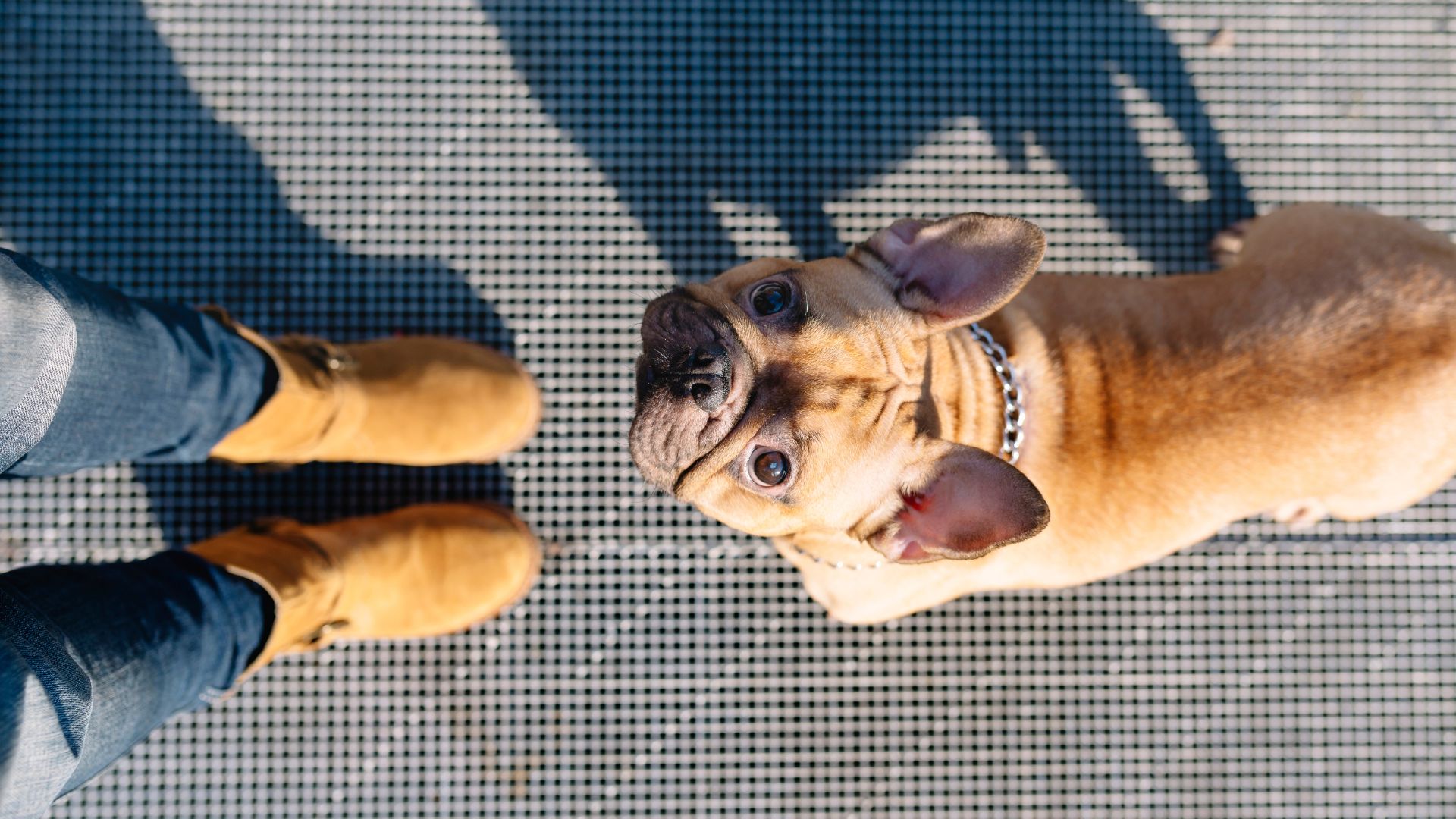
Your dog turning to you in search of guidance and instruction is not only evidence of the brilliant bond you have with your pooch and the solid training, but it is also a sure sign of your dog’s IQ. The next time your dog searches for your cue in a busy or loud environment know that this seemingly small action is an indicator of a super smart canine. Just be there to reassure them and know that you understand them too.
Color preference
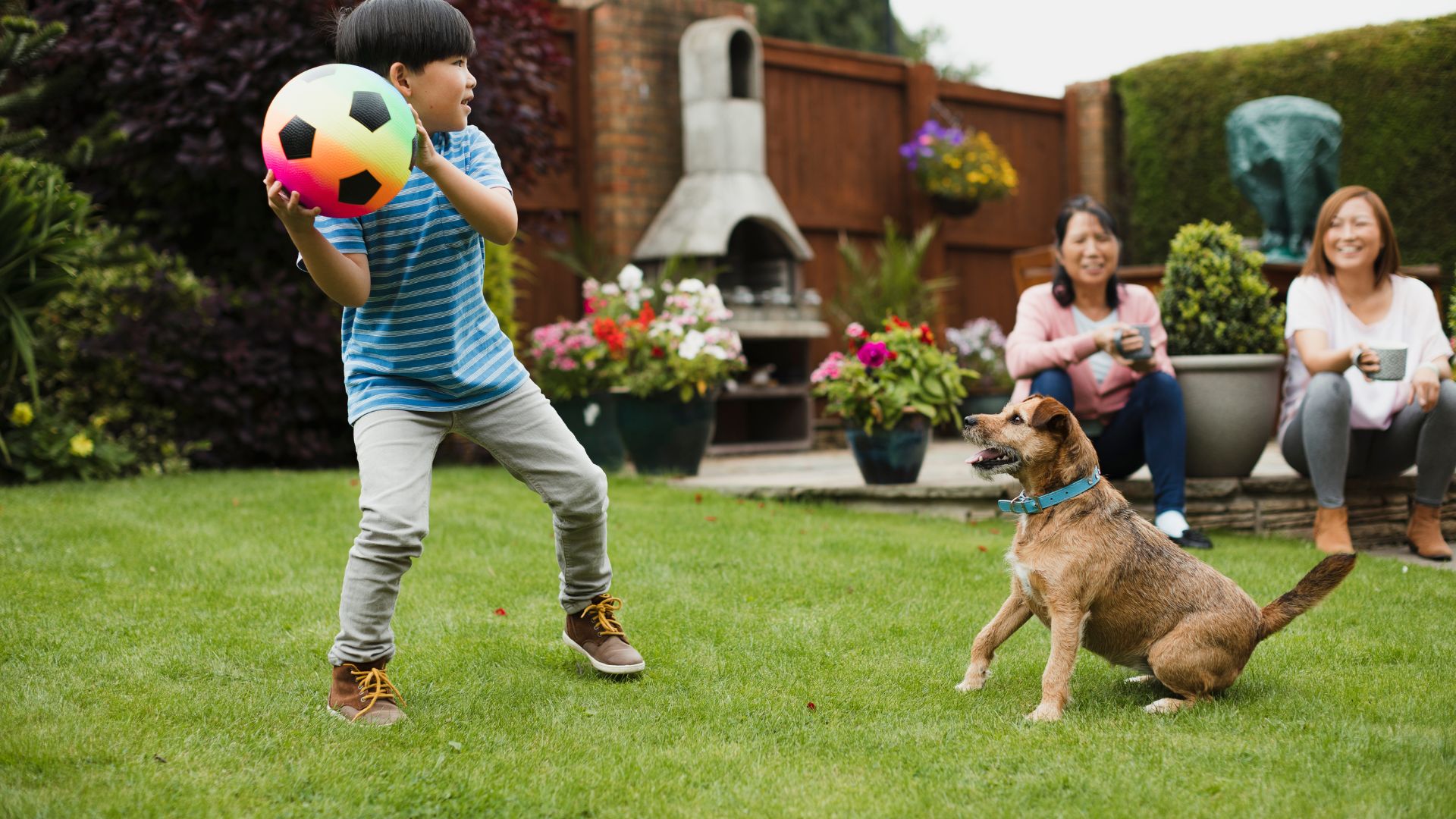
Although we know that dogs see the world in significantly reduced colors to us, there is still room within the shades of blue and yellow for a smart dog to show preference. This is best evidenced by your pup returning to a particular toy, bed or blanket. Some experts suggest that most dogs prefer the color blue, because it’s easier for them to see. So know if your dog can distinguish the difference between a yellow, blue and green colored toy, they’re on to something!
Super sense of smell

Some dogs have the ability to alert us to changes within us through their sense of smell. This is often seen within super clever service dogs, who have been trained to work alongside people with conditions such as epilepsy or diabetes. This clever ability enables them to alert us to what could be a dangerous or life threatening event such as having low blood sugar. Most often, dogs are able to recognize the scent of low blood sugar on a human's breath. They respond by nudging, barking or pawing.
Time telling

It is no secret that dogs thrive in routine as they find happiness in the predictability of their day and this awareness of their routine can often disguise itself as an actual awareness of passing time. Let’s face it, most dogs love going on their walks at the same time each day. While others know by 9am they should be eating their breakfast — and they’re bound to let you know about it. However in smart dogs it has been found that they are conscious of time, measuring it by how the smells change throughout the day.
Location, location, location

If your pup panics on route to the vet without any mention of the dreaded ‘V’ word, or any indication of your destination — these are all signs that your dog is aware of what’s going on in the world around them. Essentially, this means that they know where they’re going and they have thoughts and feelings about the destination in question. In the same way that we hope they’d know their own way home, street smart dogs know the route to other places too.
In touch with the television
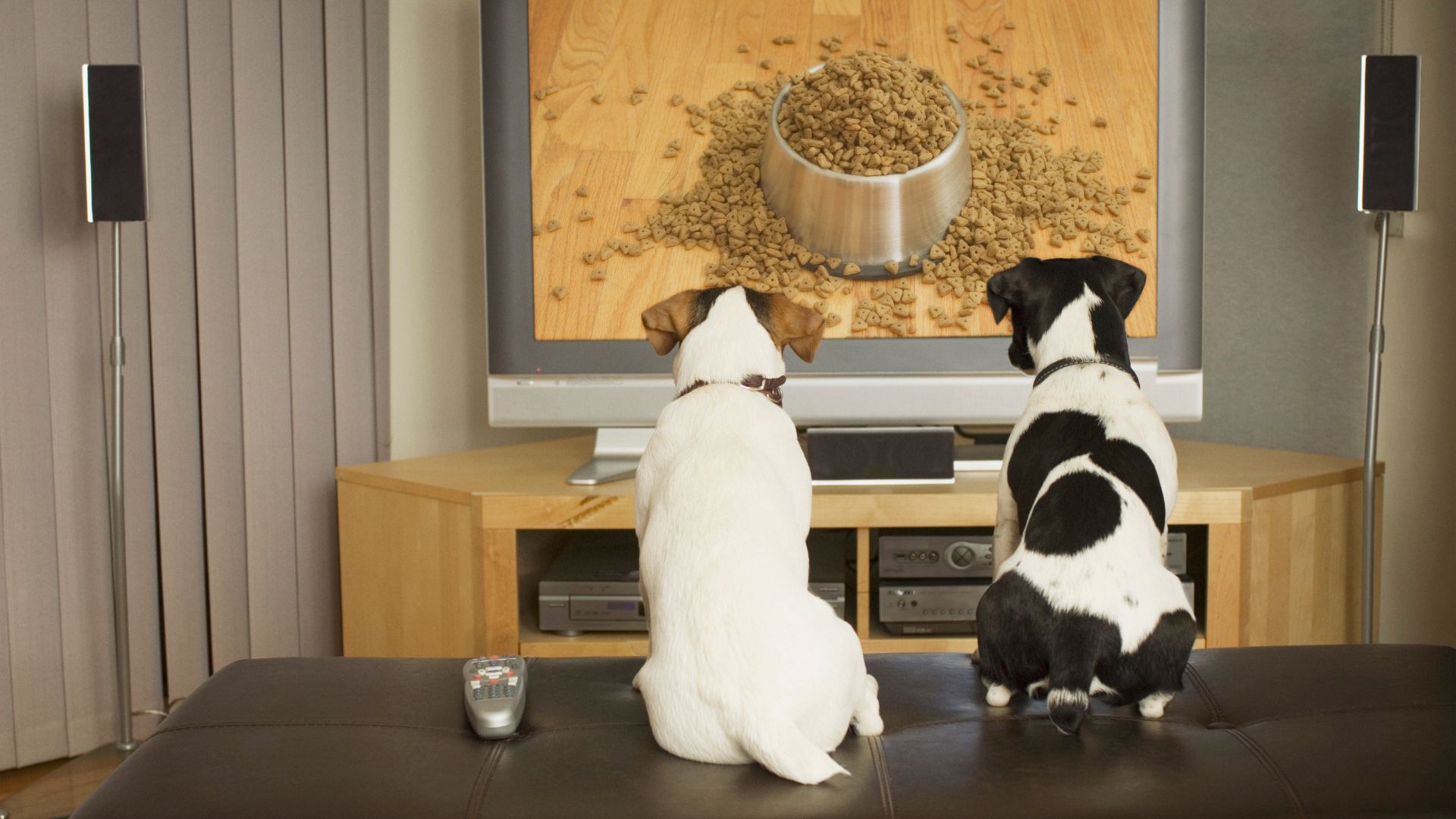
We may laugh at the dedicated ‘dog channels’ featured in our TV guides and the many YouTube playlists for our pooches. However if your dog is enthralled by the television, contrary to popular belief, this is a sign that you have a smart pup! Other pet parents might notice that their dog feels more at home when they’re listening to the radio or the latest podcast. Just like us, dogs need to be entertained too. And these forms of media can be great for us and them.
Playful pup
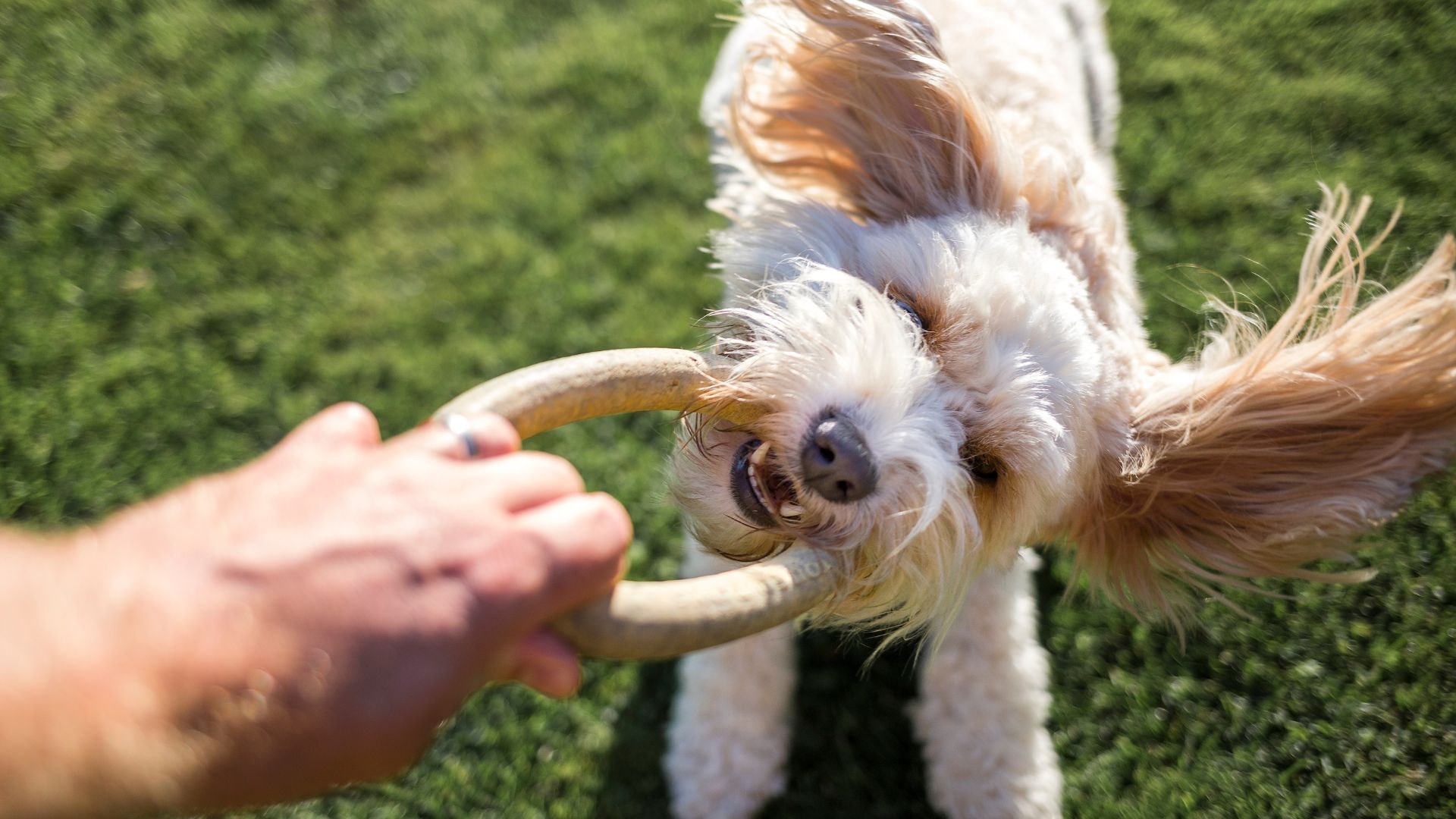
The more playful the pup, the higher the IQ — or so the long and lengthy piles of research papers suggest! Extra playful pups, who always seem to need longer in the park, can spend hours playing fetch in the garden, won’t stop playing even if you do or can run around for hours (and hours) are more likely to have a higher IQ than others who do not. If that’s the case, experts recommend making sure your pooch gets their fix of fun, both mentally and physically.
Tries to communicate with you
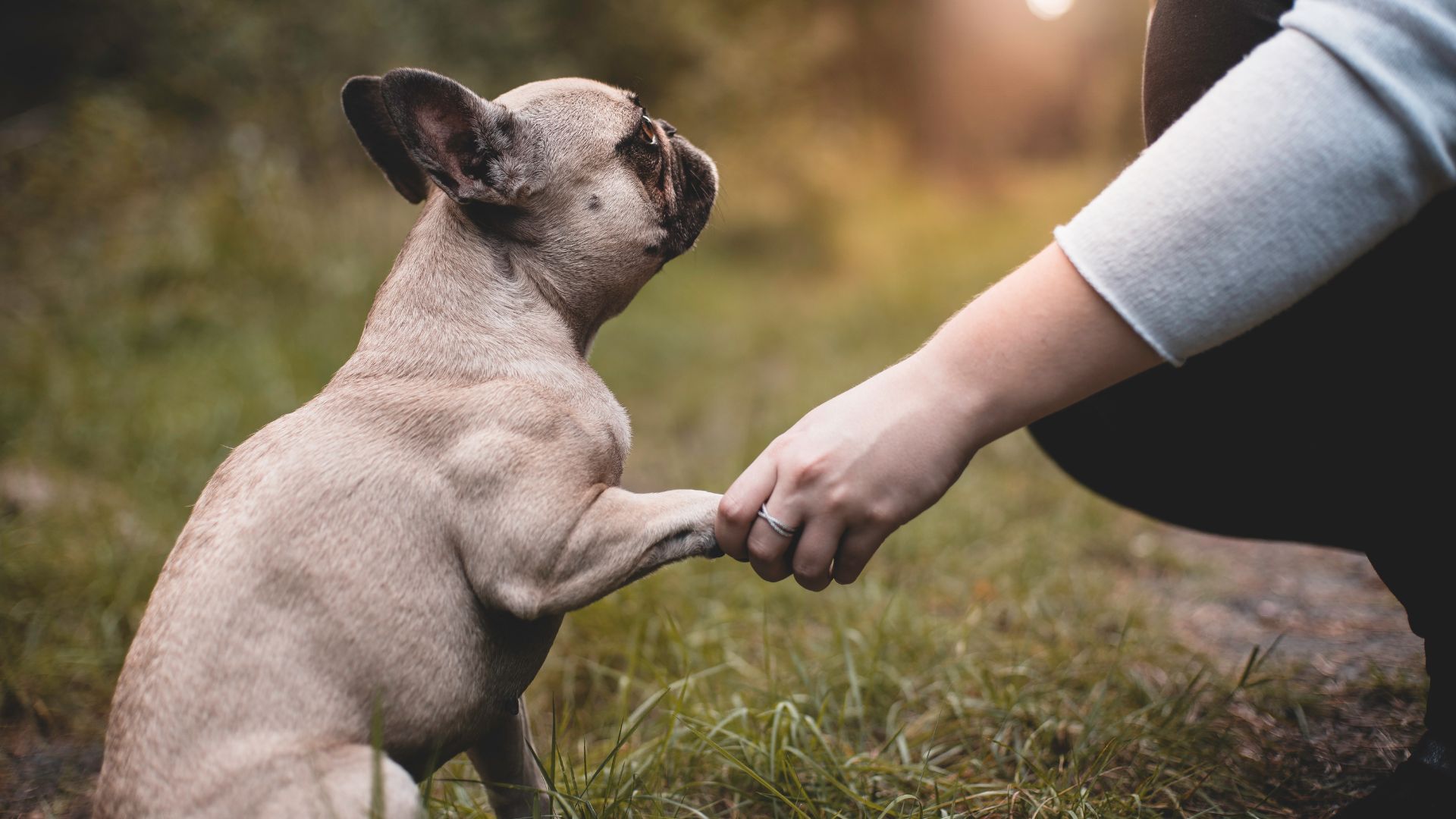
Does their paw claw at your hand asking for attention? Maybe your furry friend tends to look at you and then look at their food bowl? Or perhaps they love nothing more than barking at the door, trying to communicate that someone is approaching? Whatever their method of communication is, this is your clever dog’s way of telling you what they want you to know. So they might not be able to talk, but if they could this is what they are trying to tell you.
Adaptive intelligence

Change for anyone is challenging and your dog’s ability to cope with changing environments, people coming and going, and the never-ending fluctuation of scents they are surrounded by are all signs of how smart your dog is. It can be hard to tell if this is something your dog has. But if you’re wondering whether they do, key warning signs include your dog being able to interpret facial expressions. Or if they are top-class at finding hidden treats.
Hand signals
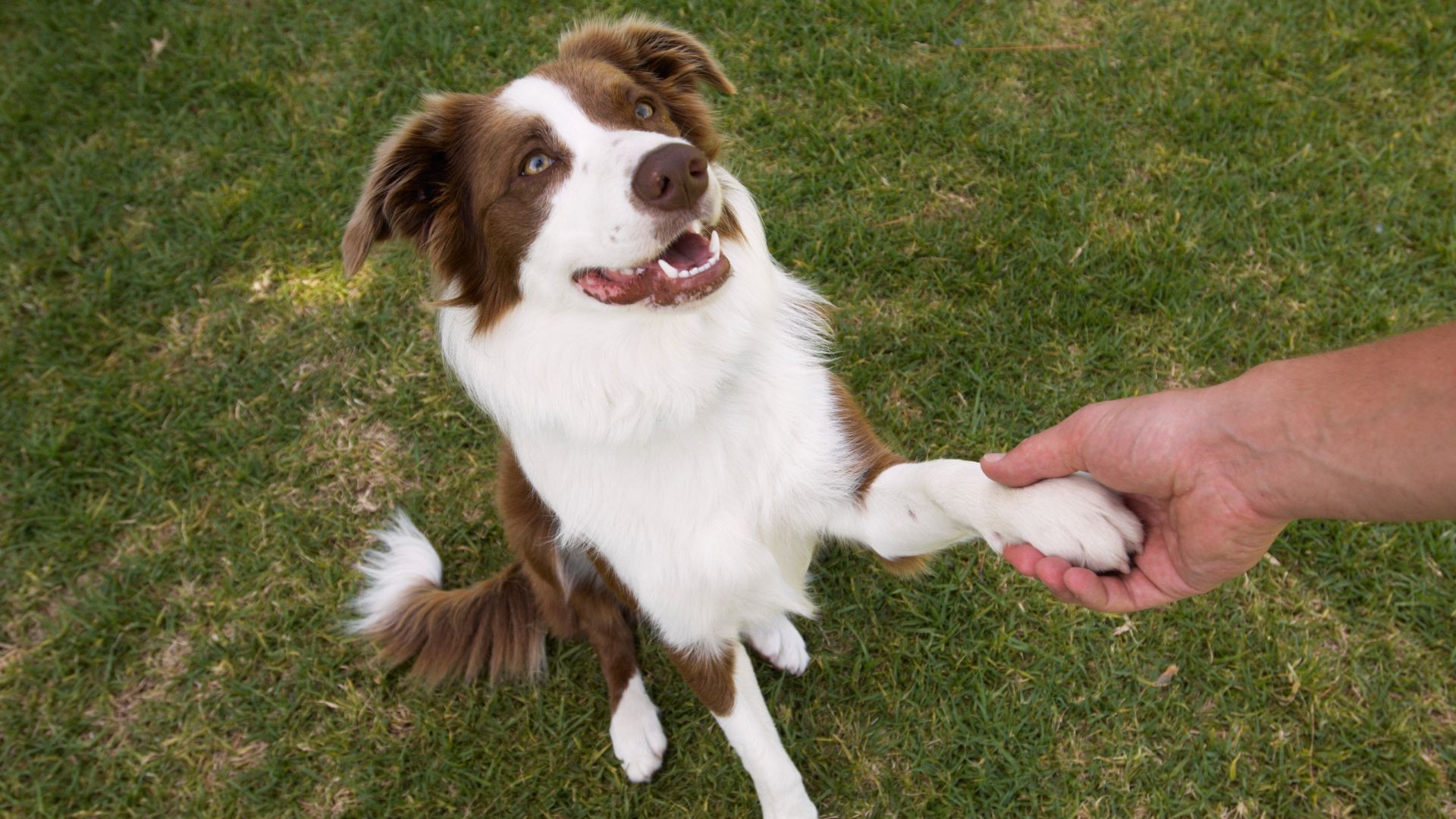
If your dog responds to hand signals above verbal commands this is a sign that they are clever. But how so? To decipher the action or sign and correlate this with the desired action takes an impressive amount of understanding. To try this one out for yourself, try holding your hand up to motion for them to stop. Or you could hold your hand out and wait for them to give you their paw. If they manage to understand what you mean, a treat is most definitely in order.
Hide and Seek
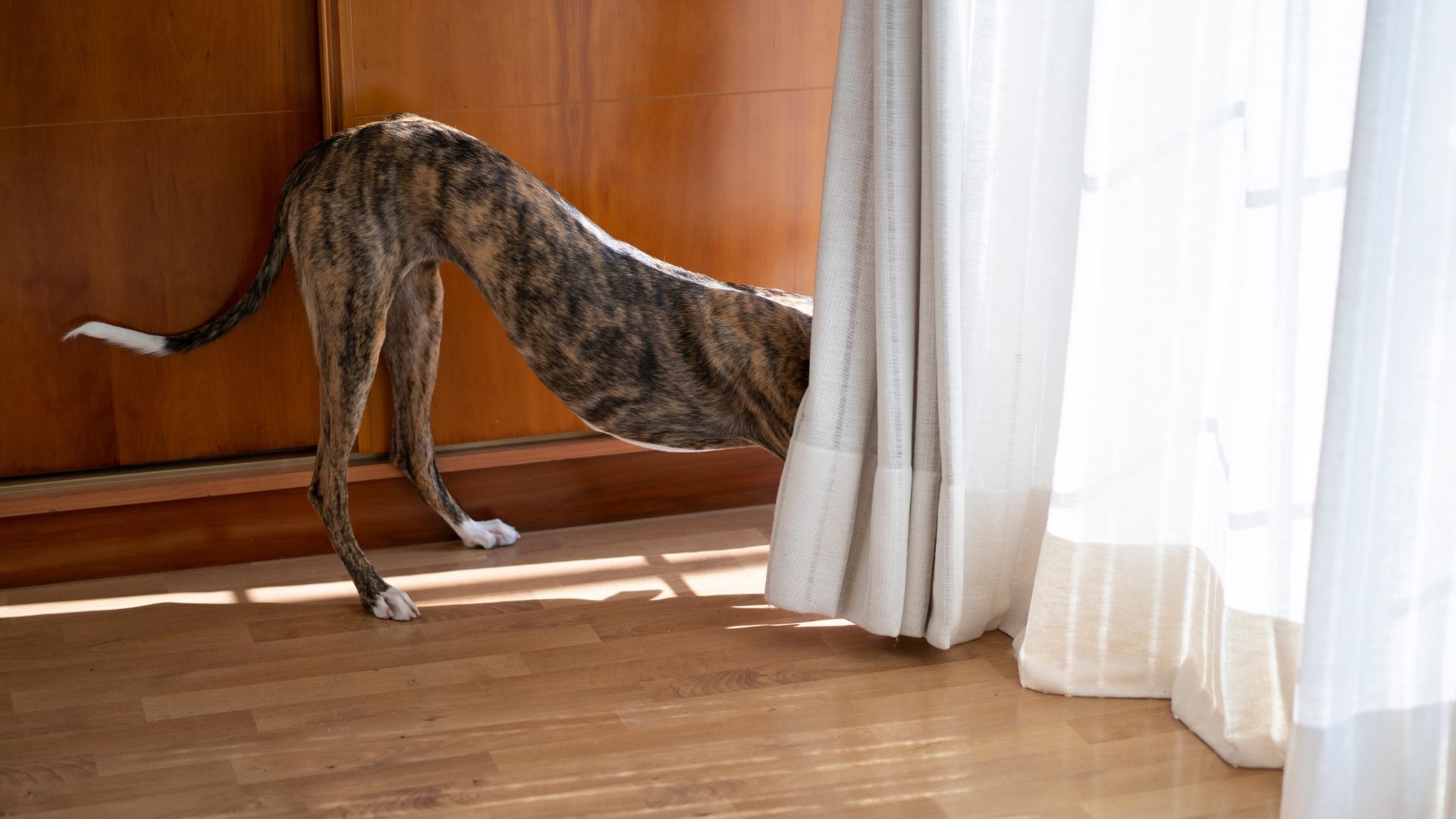
This might sound like a great game to play. But really it’s another great way to decipher your dog’s intelligence. So, how does it work? The idea with this trick is to hide a treat beneath one cup amongst many empty cups whilst your dog watches from the sidelines. Some pooches simply assume the treat has disappeared. However the smarter canines amongst us go to great lengths to locate their lost reward! If they don’t stop until they find it, you’ve got yourself an intelligent little fur friend.
Get to the point
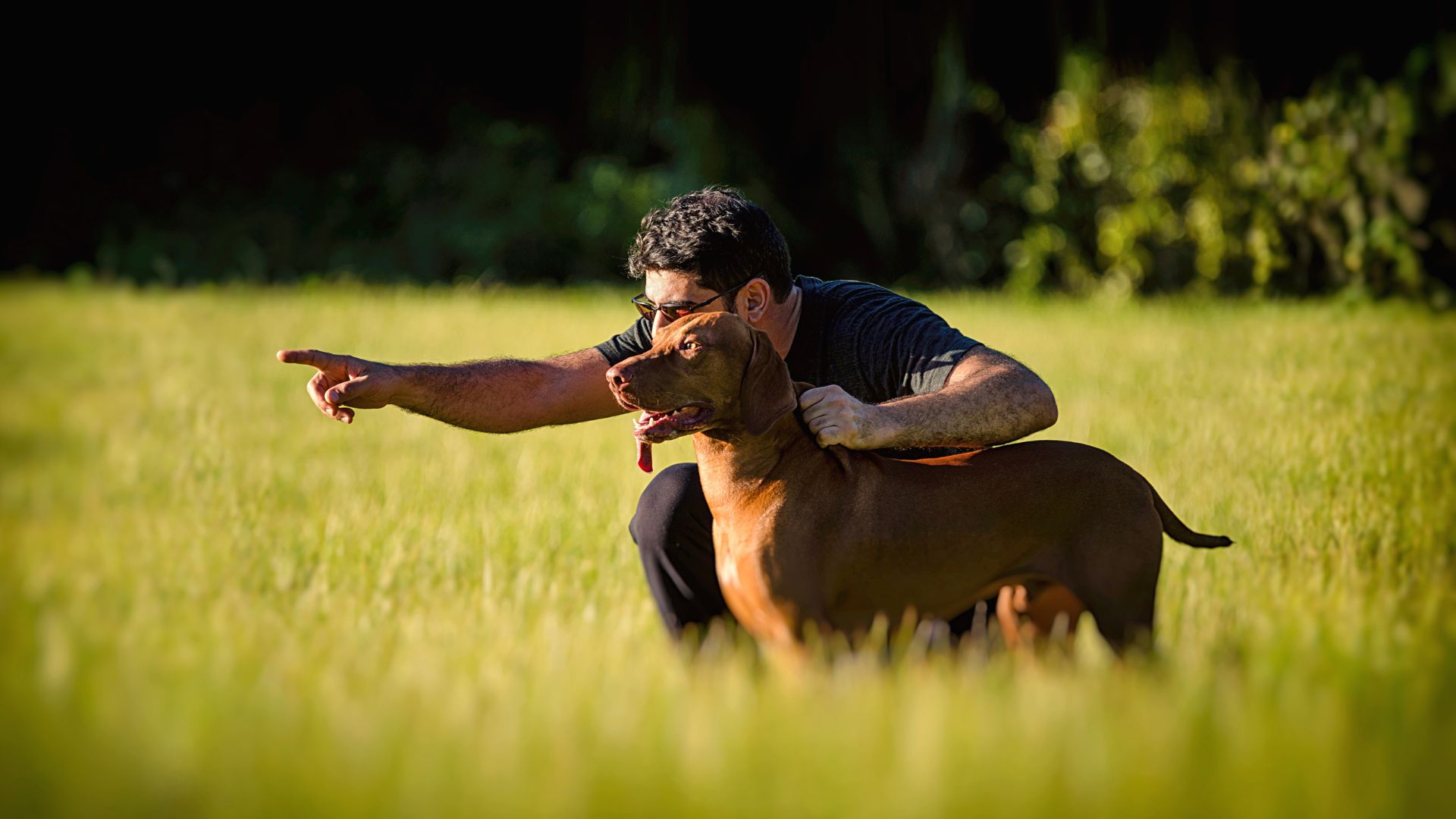
It’s been proven that most smart dogs start to notice gestures from as early as eight weeks old. A dog with a high IQ will instinctively follow a pointing finger to discover what it is gesturing towards as opposed to staring blankly at the finger itself. So the next time you’re trying to tell your dog something, instead of using verbal cues try using your finger to point. You could point at the remote control, or their toy ball and see what they do.
Beyond the barrier
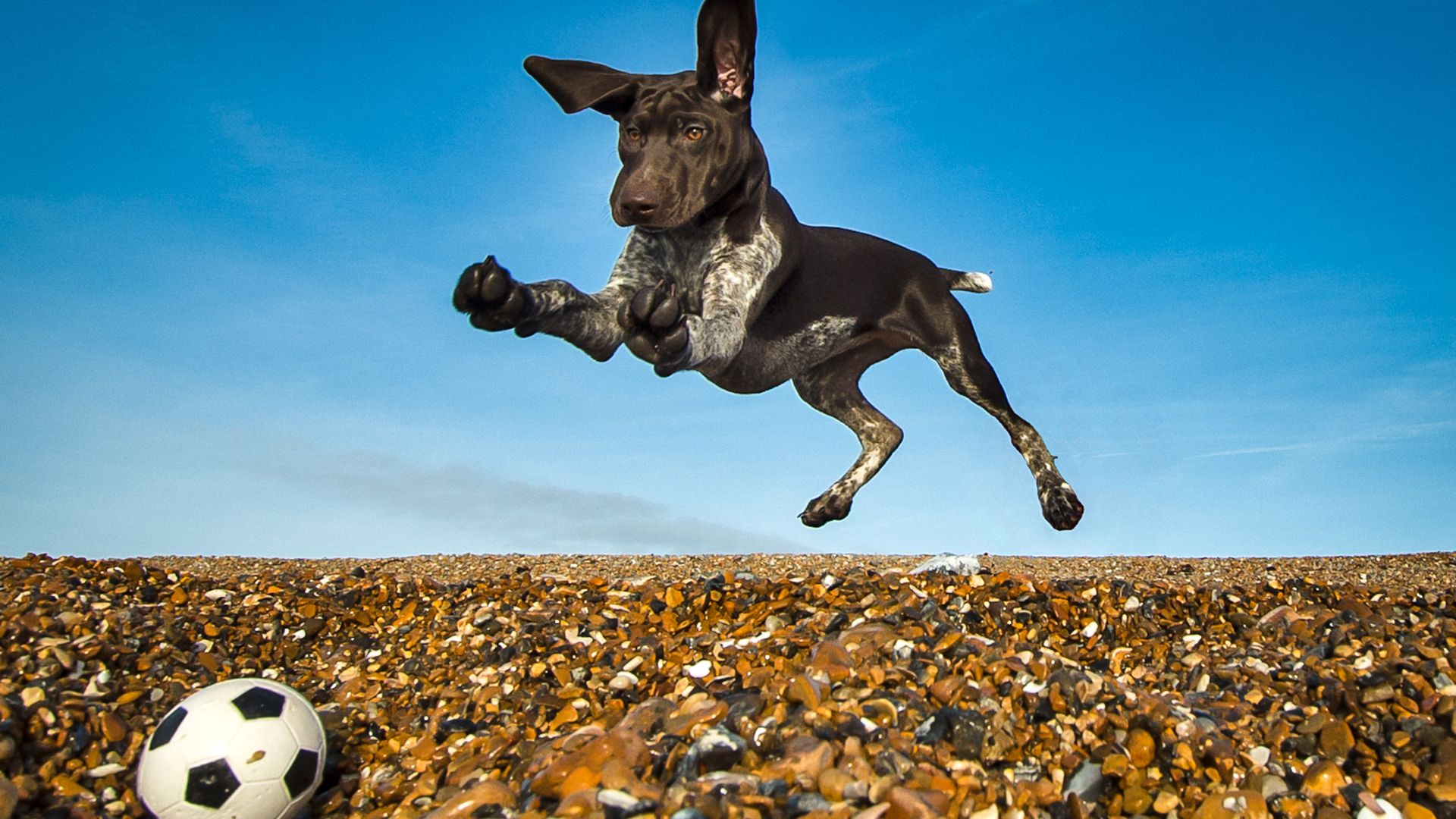
A final test to evaluate your dog's intelligence can be found in assessing their ability to see beyond a barrier. To see whether they can master this skill, place a treat on the other side of an object tall enough to stop them jumping across. You could try a tree branch, a very low wall or a fence. Once you’ve done so, sit back and watch. A smart dog will negotiate their way around the barrier to retrieve the treat and enjoy the fruits of their labor.
We’ve also got guides on the rarest dog breeds and answer what dog breed is the smartest. Wondering what are the most expensive animals in the world? Or curious about the cutest dog breeds? Head this way.







